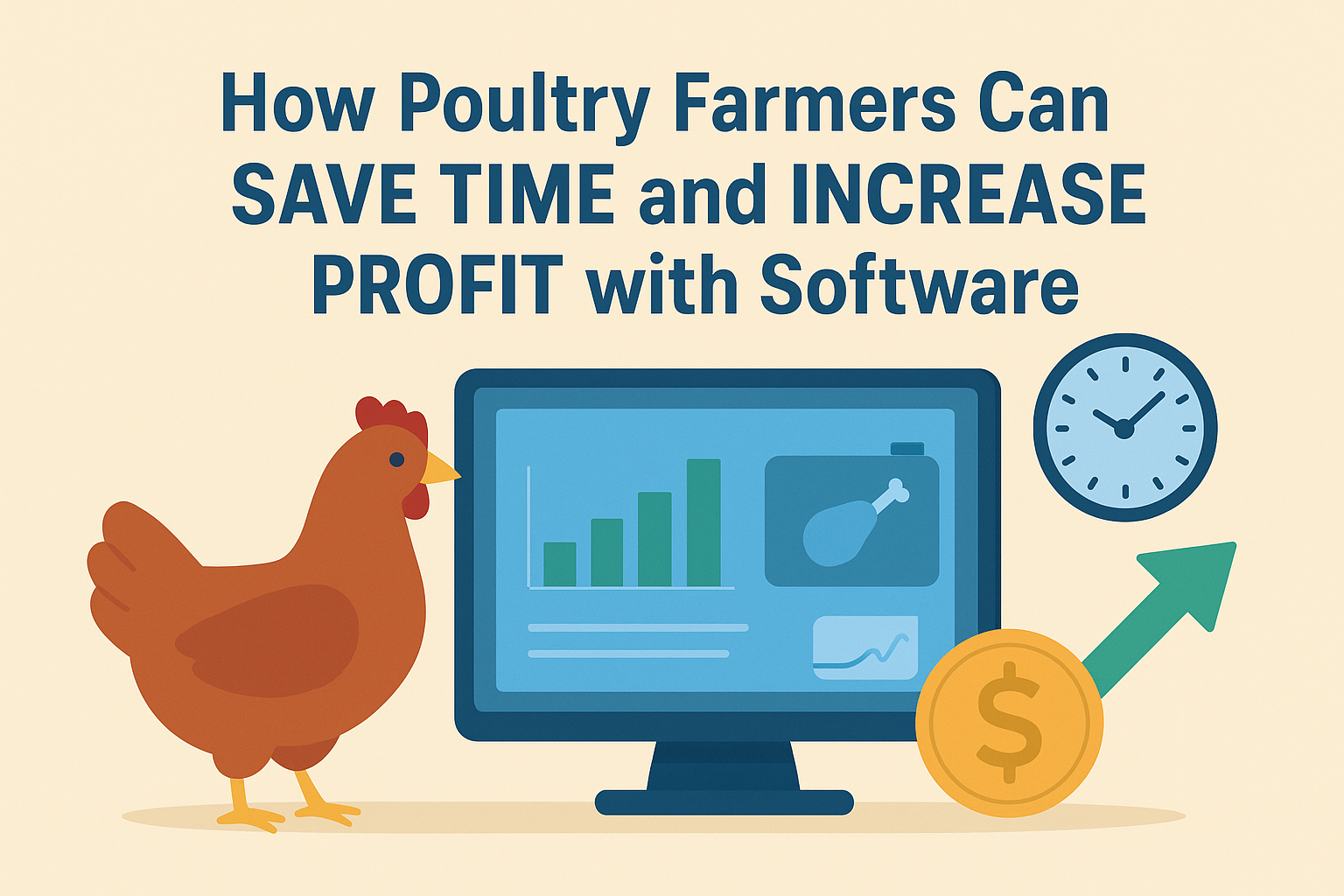Continue reading if your chickens are dying unnecessarily and you're looking for solutions to reduce poultry mortality on your farm. To begin with, we can both agree that dying birds are a tremendous financial loss for any poultry breeder. The more birds that die on your poultry farm, the smaller your revenue and, eventually, your profit will be. As a result, a good farmer will do all possible to lower poultry mortality rates on his farm.
What are the most common causes of poultry death?
Early chick mortality in chicken farming can be caused by a variety of factors. Chicks might die young as a result of poor nutrition and hygiene. High poultry mortality is also caused by stress and a lack of sufficient ventilation in the brood house. Furthermore, the quality of chicks you use to supply your farm will impact their survival.
What should I expect in terms of poultry mortality?
It's useful to think of flock mortality as two distinct 'periods':
- Mortality in the first week following implantation
- From the second week onwards, there is a higher risk of death.
The quality of day-old chicks, which is sometimes out of the farm's control, is a major cause of mortality during the first week. While a mortality rate of up to/around 1.5 percent during the first week is not uncommon, taking precautions to reduce your losses is important.
You should try to keep the flock's mortality as low as possible throughout its life. If the mortality rate rises above 1% on any single day after the first week, you must analyze the cause and address it. You should also see your veterinarian or a poultry expert for more information.
What can I do on my farm to prevent poultry mortality?
- You should be concerned if your poultry farm has a high percentage of poultry mortality.
- You're losing a lot of money and shouldn't expect to make a decent profit after selling your chicken products.
- The costs of purchasing the chicks, transporting them, and feeding them before they die are all expenses that should be avoided.
- Let's take a look at some of the practical methods you may take to reduce chicken farm mortality.
Purchase high-quality chicks from reputable vendors.
For most farmers, this is the start of their issues.
- You risk having a high mortality rate in your poultry farm if you buy low-quality, sick chicks.
- The majority of health problems in birds are caused by a poor genetic foundation or early life.
- Poor parents are the source of many ill and low-quality chickens.
- Some egg hatcheries are untrustworthy because they use inferior parent stock to generate fertile eggs.
- Many people buy eggs at bargain prices from substandard and problematic parent stock farms, mostly to increase their profit margins.
- Some chicken growers never try to figure out where the eggs from a given hatchery come from.
Keep the flock safe from the elements.
- Make every effort to keep your birds from being exposed to excessive cold.
- In your poultry farm, extreme cold can cause chaos.
- You might wake up one morning to discover that a large number of your chickens have died overnight.
- Providing heat during really cold weather is the greatest approach to protect poultry from excessive cold.
- You can also make the pens so that your birds aren't exposed to severely chilly temperatures.
Reduce the chances of the chicks dying from suffocation.
- When something causes birds to flock together in a tight spot, they can easily suffocate and die.
- Suffocation or harm to the birds at the bottom of the stack might be fatal.
- Suffocation death in chickens can occur at any age in the bird's life.
- However, some factors are easier to prevent than others.
- To begin, make sure the temperature and humidity conditions in the brooding house are appropriate.
- You must ensure that the temperature and humidity are consistent throughout the pen, in addition to having the correct levels.
Water should be served before the meal.
- The importance of water in the growth and development of birds cannot be overstated.
- The goal of this suggestion is to keep chickens from stampeding each other in their search for food.
- Chickens, by nature, sip water more slowly than they peck at their food.
- By placing water first, you will draw some of the birds' interest away from the food and toward the water.
- When you introduce the feed, the struggle will be minimal because only a few people will be eating while the rest will be drinking.
Prevent disease-related deaths on your poultry operation.
- Some diseases can annihilate your entire flock at once.
- Some diseases do not cause death in birds but do impact their feed conversion ratio.
- It could develop so seriously that it affects the weight of the chicken at harvest, the quality of the carcass, and even egg production.
- Find out what diseases may pose a threat to your farm's birds and discover the important signs as part of your planning.
- Seek guidance from your veterinarian or a poultry expert.
Observation and diagnosis tips for poultry bird
1. Their level of activity:
Are they approaching you or do they appear to be oblivious to your presence? If they're still active, move on to the next step.
2. Examine their feces for any abnormalities:
Examine your birds' feces to see if they deviate from the standard, which should be brownish with a white top. If you notice anything out of the ordinary, such as blood-stained feces, yellowish or greenish feces, you know something is wrong with those birds.
3. Check for sick or deceased birds and remove them from the aviary.
Observe the weak or sick birds see if they have become weak as a result of an injury.
4. Examine any birds that may have been pecked and have wounds on their skin.
If you find any, remove them from the flock right away.





